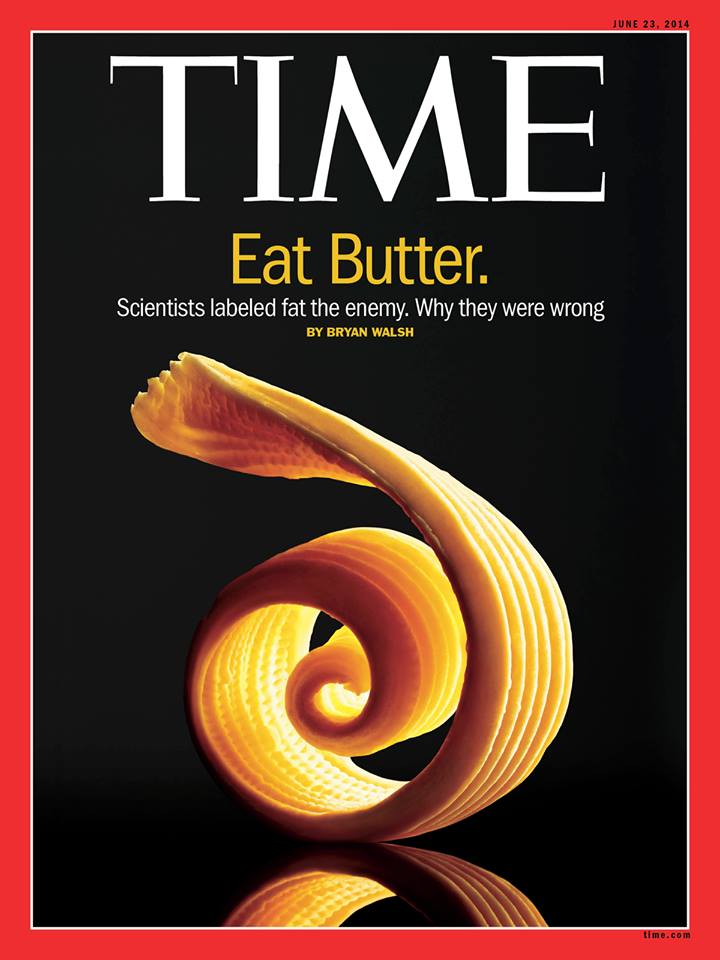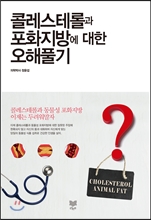| Hint | Food | 맛과향 | Diet | Health | 불량지식 | 자연과학 | My Book | 유튜브 | Frims | 원 료 | 제 품 | Update | Site |
|
식품 ≫ 지방 ≫ 지방종류 불포화지방 : 오메가 6, 식용유 지방산 종류 - Linoleic Acid - oleic Acid 포화지방 vs 불포화지방 - 포화지방 유해론의 문제점 : MCT 다가 불포화 지방 - 불포화 지방의 독성 : 빠른 산패 - 오메가 6 위험성 - 오메가 3 기능: 오메가 3 에 대한 지나친 기대 - CLA 공액리놀렌산 - 프로스타그란딘 -> 아라키돈산 : 혈액응고 포화지방 유해론에 대한 반론    불포화지방(오메가-6) 과잉섭취의 위험성을 경고한 책     오메가6 지방산의 역할은 무엇일까요? - 혈액 콜레스테롤 양을 낮춰줍니다. - 혈관수축와 혈액응고를 돕습니다. - 알레르기와 염증, 혈전을 촉진시킵니다. - 과잉섭취는 혈압을 증가시키고 만성염증을 유발시킵니다. 만성 염증이 만병의 원인이란 사실을 들어보셨나요? 오메가6 지방산을 과잉 섭취하여 발생되어지는 비만은 몸 전체의 만성 염증을 유발합니다. 만성 염증은 지방세포, 면역세포, 뇌세포 등을 망가뜨려 인슐린 저항증, 당뇨, 동맥경화증, 알츠하이머, 파킨슨병, 헌팅턴병, 또 암을 유발합니다. 오메가6 지방산은 두가지로 분류할 수 있습니다. - 리놀레산 Linoleic acid - 아라키돈산 Arachinonic acid 식물성기름인 옥수수기름, 해바라기씨유, 콩기름, 참기름에서 섭취 할 수 있습니다.  Pharmacology The conversion of cell membrane arachidonic acid (20:4n-6) to omega-6 prostaglandin and omega-6 leukotriene eicosanoids during the inflammatory cascade provides many targets for pharmaceutical drugs to impede the inflammatory process in atherosclerosis,[16] asthma, arthritis, vascular disease, thrombosis, immune-inflammatory processes, and tumor proliferation. Competitive interactions with the omega-3 fatty acids affect the relative storage, mobilization, conversion and action of the omega-3 and omega-6 eicosanoid precursors (see Essential fatty acid interactions). Suggested negative health effects Some medical research suggests that excessive levels of certain omega-6 fatty acids relative to certain omega-3 fatty acids may increase the probability of a number of diseases.[17][18][19] Modern Western diets typically have ratios of omega-6 to omega-3 in excess of 10 to 1, some as high as 30 to 1; the average ratio of omega-6 to omega-3 in the Western diet is 15:1–16.7:1.[16] Humans are thought to have evolved with a diet of a 1-to-1 ratio of omega-6 to omega-3 and the optimal ratio is thought to be 4 to 1 or lower,[16][20] although some sources suggest ratios as low as 1:1.[21] A ratio of 2–3:1 omega 6 to omega 3 helped reduce inflammation in patients with rheumatoid arthritis.[16] A ratio of 5:1 had a beneficial effect on patients with asthma but a 10:1 ratio had a negative effect.[16] A ratio of 2.5:1 reduced rectal cell proliferation in patients with colorectal cancer, whereas a ratio of 4:1 had no effect.[16] Excess omega-6 fatty acids from vegetable oils interfere with the health benefits of omega-3 fats, in part because they compete for the same rate-limiting enzymes. A high proportion of omega-6 to omega-3 fat in the diet shifts the physiological state in the tissues toward the pathogenesis of many diseases: prothrombotic, proinflammatory and proconstrictive.[22] Chronic excessive production of omega-6 eicosanoids is correlated with arthritis, inflammation, and cancer. Many of the medications used to treat and manage these conditions work by blocking the effects of the COX-2 enzyme.[23] Many steps in formation and action of omega-6 prostaglandins from omega-6 arachidonic acid proceed more vigorously than the corresponding competitive steps in formation and action of omega-3 hormones from omega-3 eicosapentaenoic acid.[24] The COX-1 and COX-2 inhibitor medications, used to treat inflammation and pain, work by preventing the COX enzymes from turning arachidonic acid into inflammatory compounds.[25] (See Cyclooxygenase for more information.) The LOX inhibitor medications often used to treat asthma work by preventing the LOX enzyme from converting arachidonic acid into the leukotrienes.[26][27] Many of the anti-mania medications used to treat bipolar disorder work by targeting the arachidonic acid cascade in the brain.[28] A high consumption of oxidized polyunsaturated fatty acids (PUFAs), which are found in most types of vegetable oil, may increase the likelihood that postmenopausal women will develop breast cancer.[29] Similar effect was observed on prostate cancer, but the study was performed on mice.[30] Another "analysis suggested an inverse association between total polyunsaturated fatty acids and breast cancer risk, but individual polyunsaturated fatty acids behaved differently [from each other]. [...] a 20:2 derivative of linoleic acid [...] was inversely associated with the risk of breast cancer".[31] |
||||
|
|
|||